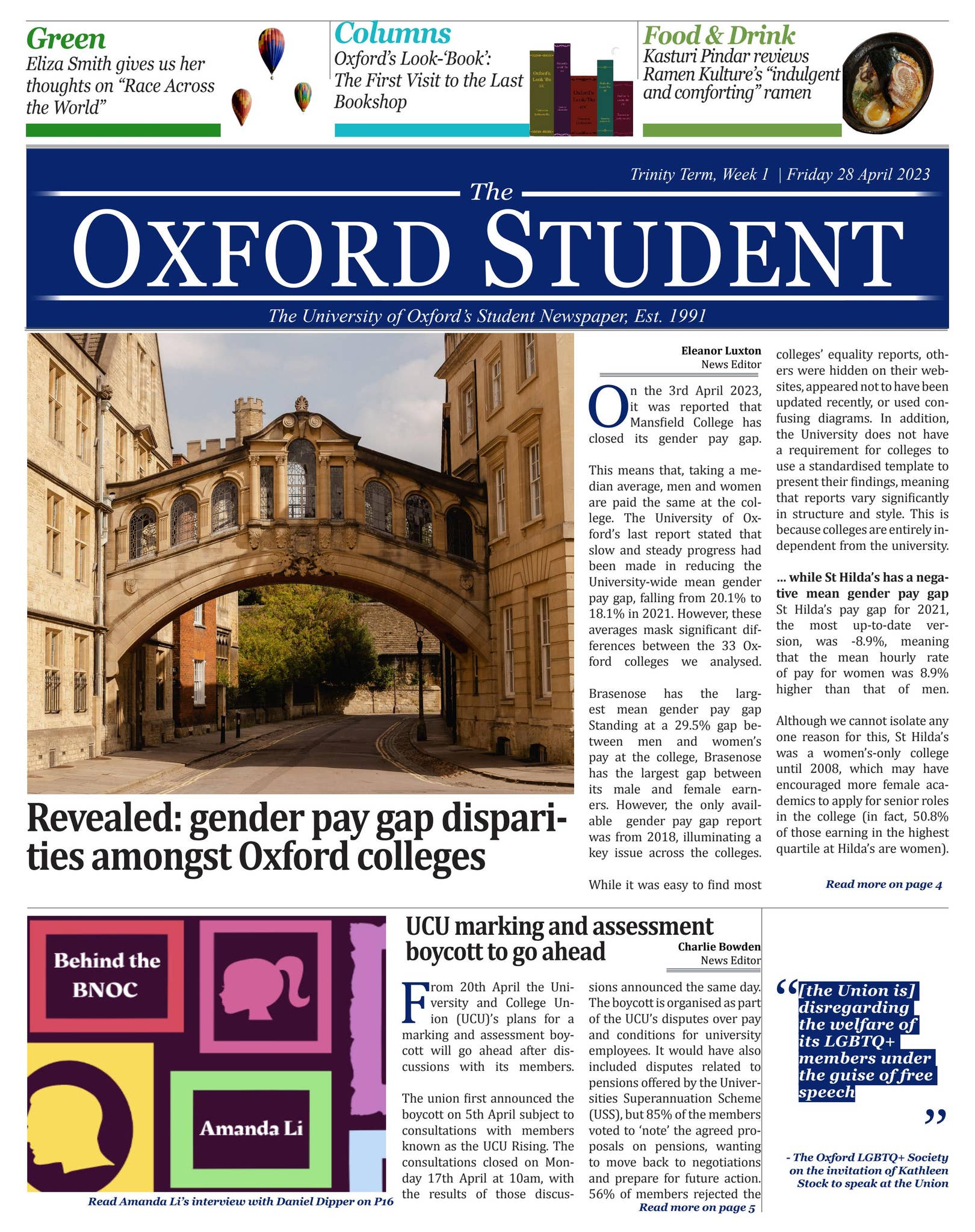Universal Law Governs Urban Transport Adaptation in Extreme Floods | Newswise – Newswise

Report on Urban Transportation Resilience and Sustainable Development Goals
Executive Summary
An international research team has published a study in Nature Sustainability detailing the adaptive capacity of urban transportation systems during extreme weather events. The research introduces an innovative modeling approach to understand how urban populations adapt to disruptions, such as 100-year floods. The findings provide a critical framework for enhancing urban resilience, directly aligning with several key United Nations Sustainable Development Goals (SDGs).
Key Findings: A Universal Law of Traveler Adaptation
The study utilized an agent-based multimodal traffic model to simulate flood impacts and analyze millions of trips. This led to the discovery of a universal law governing how travelers shift between private and public transport during disruptions.
- Adaptation patterns are predictable and are primarily driven by three factors:
- Changes in travel demand.
- The density and connectivity of transport networks.
- The interplay (competition and support) between different transport modes.
- When public transit systems are compromised, a shift to private vehicles can exacerbate road congestion. Conversely, a robust public transit system can absorb excess demand, maintaining overall system functionality.
- In a simulation of Nanjing, China, passengers adapted to subway disruptions by switching to buses, which resulted in higher trip completion rates and demonstrated the complementary role of different transit modes.
Alignment with Sustainable Development Goals (SDGs)
This research provides actionable insights that directly support the achievement of critical SDGs aimed at creating resilient and sustainable urban environments.
- SDG 9: Industry, Innovation and Infrastructure: The study offers a new framework for designing and building resilient infrastructure. The predictive model allows urban planners to identify vulnerabilities and implement interventions that strengthen transportation networks against climate-related shocks.
- SDG 11: Sustainable Cities and Communities: By quantifying how urban transport systems function under stress, the research directly contributes to making cities safer, more resilient, and sustainable. It provides municipalities with tools to manage disruptions, protect access to essential services, and maintain economic activity during climate-related disasters.
- SDG 13: Climate Action: The work is a direct response to the increasing frequency of climate-driven extreme weather events. It strengthens resilience and adaptive capacity to climate-related hazards by enabling cities to predict, manage, and recover from floods more effectively.
Research Methodology and Case Studies
The study’s conclusions are based on sophisticated modeling and real-world data from three geographically and structurally diverse cities.
- Models Used: An agent-based multimodal traffic model was combined with a compound failure model to simulate flood impacts on transportation.
- Case Study Cities:
- Nanjing, China
- Hamburg, Germany
- Los Angeles, United States
- Data Sources: The simulations incorporated real-world data, including OpenStreetMap road networks, NAVINFO public transit data, Amap mobility datasets, and 100-year flood hazard maps. The models were validated against empirical travel patterns.
Policy Implications and Recommendations for Resilience
The research model identifies specific interventions that cities can implement to enhance transportation resilience, contributing to the targets of SDG 9 and SDG 11.
- Emergency Public Transit Lines: Establishing predefined emergency bus or rail services to compensate for disrupted routes.
- Travel Subsidies: Offering financial incentives to encourage the use of available public transit options.
- Traffic Signal Adjustments: Dynamically altering traffic light timing to manage congestion on critical corridors.
- Public Education Campaigns: Informing citizens about alternative routes and modes of transport before and during a disaster.
Conclusion
This research represents a significant step toward building smarter and more resilient urban infrastructure. By providing a universal framework for understanding traveler adaptation, the study equips cities with the knowledge to mitigate the impacts of climate change. The findings and proposed interventions offer a clear pathway for municipalities to advance their commitments to the Sustainable Development Goals, particularly those focused on resilient infrastructure, sustainable cities, and climate action.
Analysis of Sustainable Development Goals (SDGs) in the Article
1. Which SDGs are addressed or connected to the issues highlighted in the article?
- SDG 9: Industry, Innovation and Infrastructure: The article focuses on the resilience of infrastructure, specifically urban transportation systems, and uses innovative modeling to understand and improve it.
- SDG 11: Sustainable Cities and Communities: The research is centered on cities (Nanjing, Hamburg, Los Angeles) and making them more resilient to disasters like floods, ensuring transportation systems remain functional.
- SDG 13: Climate Action: The article directly addresses the need to adapt to “climate-driven threats,” “extreme weather events,” and “increasing flood risks,” which are consequences of climate change.
2. What specific targets under those SDGs can be identified based on the article’s content?
-
SDG 9: Industry, Innovation and Infrastructure
- Target 9.1: Develop quality, reliable, sustainable and resilient infrastructure, including regional and transborder infrastructure, to support economic development and human well-being, with a focus on affordable and equitable access for all. The article’s core theme is studying and enhancing the resilience of transportation infrastructure (“how resilient our infrastructure is”) to ensure it remains functional (“maintaining overall system functionality”) during extreme weather events.
-
SDG 11: Sustainable Cities and Communities
- Target 11.2: By 2030, provide access to safe, affordable, accessible and sustainable transport systems for all. The research analyzes how travelers shift between private vehicles and public transit (“from cars to subways”) and how robust public transit can “absorb demand,” which relates to creating accessible and sustainable transport options, especially during crises.
- Target 11.5: By 2030, significantly reduce the number of deaths and the number of people affected and substantially decrease the direct economic losses relative to global gross domestic product caused by disasters, including water-related disasters, with a focus on protecting the poor and people in vulnerable situations. The study aims to help cities “predict and manage flood-related disruptions” from events like a “100-year flood,” thereby mitigating the impact of disasters on people and urban functionality.
- Target 11.b: By 2020, substantially increase the number of cities and human settlements adopting and implementing integrated policies and plans towards inclusion, resource efficiency, mitigation and adaptation to climate change, resilience to disasters. The research provides a “framework for cities” and identifies “interventions to enhance resilience,” which directly supports the implementation of plans for disaster resilience and climate adaptation.
-
SDG 13: Climate Action
- Target 13.1: Strengthen resilience and adaptive capacity to climate-related hazards and natural disasters in all countries. The entire study is about understanding the “adaptive capacity for multimodal transport network resilience to extreme weather.” It models how people adapt and proposes strategies to “enhance resilience” against “climate-driven threats” like floods.
3. Are there any indicators mentioned or implied in the article that can be used to measure progress towards the identified targets?
-
Indicators for Target 9.1 & 13.1 (Resilient Infrastructure & Adaptive Capacity)
- Adaptive Capacity of Transport Networks: The study’s primary goal is to quantify the “adaptive capacity” of transportation systems, which serves as a direct indicator of resilience.
- Trip Completion Rates: The article mentions that in the Nanjing simulation, adaptation led to “higher trip completion rates,” which is a quantifiable measure of the transportation system’s effectiveness during a disaster.
- Overall System Functionality: The research aims to help cities “maintain overall system functionality” during floods, which can be measured by analyzing traffic flow, public transit usage, and travel times.
-
Indicators for Target 11.2 (Sustainable Transport Systems)
- Shifts Between Transport Modes: The model quantifies how travelers “shift between private vehicles and public transit” (e.g., “from cars to buses”). This data indicates the role and capacity of public transit in a sustainable urban system.
- Traffic Density and Congestion: The article notes that when public transit is unreliable, shifts to cars can worsen “road congestion.” Monitoring traffic density is an indicator of the transport system’s balance and sustainability.
-
Indicators for Target 11.5 & 11.b (Disaster Resilience & Planning)
- Simulation of Flood Impacts: The use of “flood hazard maps for 100-year return periods” to model disruptions is an indicator of a city’s capacity for risk assessment and planning.
- Effectiveness of Interventions: The article suggests interventions like “emergency public transit lines” and “travel subsidies.” The measured impact of these strategies on system functionality would be a key indicator of progress in disaster management planning.
4. Summary Table of SDGs, Targets, and Indicators
| SDGs | Targets | Indicators Identified in the Article |
|---|---|---|
| SDG 9: Industry, Innovation and Infrastructure | 9.1: Develop quality, reliable, sustainable and resilient infrastructure. |
|
| SDG 11: Sustainable Cities and Communities | 11.2: Provide access to safe, affordable, accessible and sustainable transport systems for all. |
|
| 11.5: Significantly reduce the number of people affected and economic losses from disasters. |
|
|
| 11.b: Increase the number of cities adopting integrated policies and plans for resilience to disasters. |
|
|
| SDG 13: Climate Action | 13.1: Strengthen resilience and adaptive capacity to climate-related hazards and natural disasters. |
|
Source: newswise.com

What is Your Reaction?
 Like
0
Like
0
 Dislike
0
Dislike
0
 Love
0
Love
0
 Funny
0
Funny
0
 Angry
0
Angry
0
 Sad
0
Sad
0
 Wow
0
Wow
0












































































